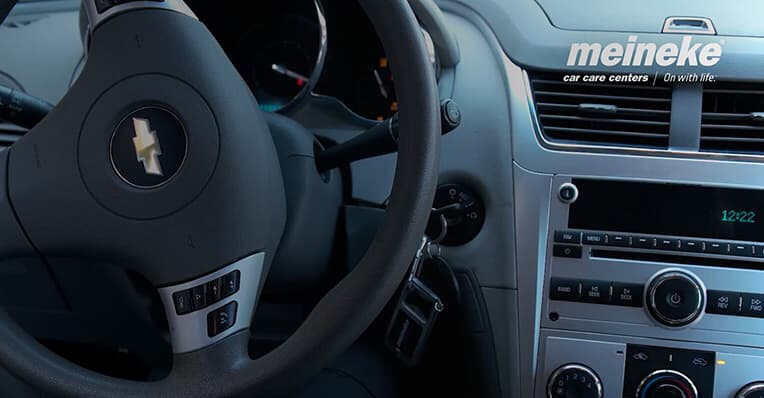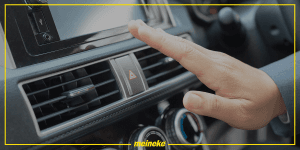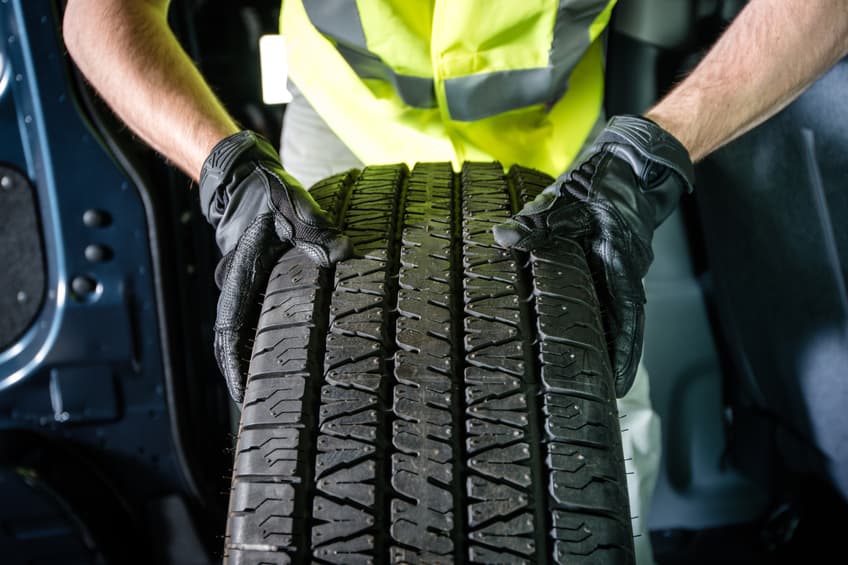
April 26, 2017
How to Flush Your Car’s AC System
There are plenty of reasons to clean out your car’s air conditioner. One potential reason is that you notice a foul odor coming from your air conditioning vents. An even greater reason is to improve fuel efficiency. This might surprise you, but cleaning dust and debris out of your air conditioner actually helps it to function more smoothly. This, in turn, helps your vehicle use gas more efficiently.
But *how *do you clean out the vehicle’s AC system? If you’ve never done it before, it may seem daunting and for some, it’s a task best left to professional mechanics. If a DIY air conditioning clean-up is something you want to attempt, it’s actually not as complicated as you might think. We’ll break the process into just five basic steps.
Step 1: Take it Apart
The first step is to effectively dismantle your air conditioner, giving you greater access to the vehicle’s inner workings and allowing you to flush out whatever dirt and debris have accumulated. Take out hoses, evaporators, condensers or any air conditioning parts you happen to spot.
Step 2: Flush it Out
Next, flush out debris by using an aerosol air conditioning flush. Flush out each individual piece of the system, allowing dirt and debris to come out one end, then wipe each of them down with a clean cloth.
Step 3: Search the Ducts
The next step is to investigate the ducts, which should look like large tubes that stem from the zig-zag tubes of your evaporator. What you’re looking for here are leaks. If you spot any holes, use duct tape to patch things up. You don’t want any air leaking out if you can help it.
Step 4: Remove the Accumulator
The accumulator will be shaped like a coffee can. Its role in the engine is to sift out debris and condensation from the air as it prepares to enter your vehicle. But this filtration system gets bogged down over time and is likely the cause of all the dust and debris build-up, so it will need to be replaced.
Step 5: Replace the Accumulator
Next, you’ll want to purchase a brand new, clean accumulator. You can find one at any auto parts store, but make sure you have the one that matches your vehicle make and model. Installation should be fairly easy: Bolt it just like the old one was bolted, and then re-attach all the hoses and other connecting parts.
Remember that this kind of DIY project may not be for everyone and if you have doubts about it, it’s best to simply take your car in for professional servicing.
Cleaning your vehicle’s air conditioner is certainly not something to neglect. It can be a great way to protect your engine, maximize fuel efficiency and remove foul odors if needed! Keep these things in mind and consider adding this to your vehicle maintenance to-do list.



